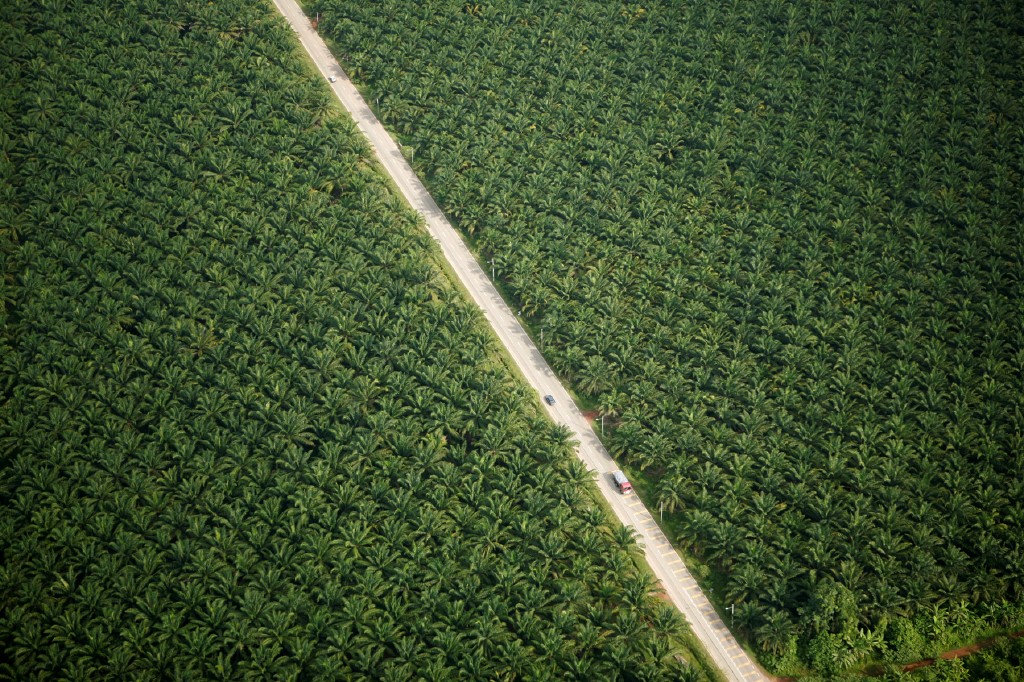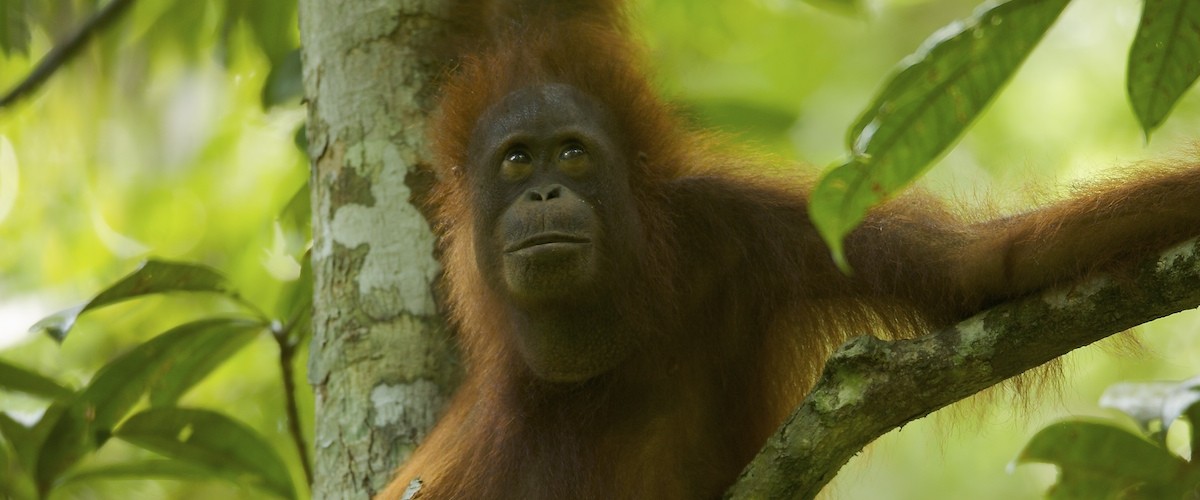By Cheryl Knott, Executive Director & Natalie Robinson, Program Coordinator
The ongoing COVID-19 pandemic has consumed every aspect of our lives. In many ways, it has served as a wakeup call. In the early months, reports of increased wildlife sightings and decreased carbon emissions supplied a glimmer of hope in an otherwise dark time. Since then, as we have settled into this ‘new normal’, the excitement from such sightings have subsided, though we continue to learn how interconnected environmental and human health are.
The World Health Organization Director-General, Dr. Tedros Adhanom Ghebreyesus, said “The pandemic is a reminder of the intimate and delicate relationship between people and planet. Any efforts to make our world safer are doomed to fail unless they address the critical interface between people and pathogens, and the existential threat of climate change, that is making our Earth less habitable.”
At GPOCP, we too have found that now, more than ever, our conservation work is of utmost importance. We are ever more concerned about global health, as wildlife and habitat encroachment can cause detrimental zoonotic diseases, like COVID-19. Tropical forest edges, like those surrounding Gunung Palung, are major breeding grounds for novel viruses. Deforestation further exacerbates this issue, increasing the length of forest perimeters, and therefore the frequency at which human-wildlife interactions occur (Dobson et al. 2020). More forest edges are created as humans build roads and clear forests. In the Gunung Palung region, forests are destroyed for large-scale agriculture, mining, and logging, which continues to create more areas for humans and wildlife to come in contact, causing conflict or spreading disease.

There are also many consequences of the pandemic that may be less obvious. With shutdowns of research sites and conservation organizations, delays in training and career development may deter students and interns from pursuing careers in conservation, and steer them towards other careers with more stability or better pay instead. The pandemic has caused scientific research and conservation conferences and meetings to be cancelled or moved online, limiting the amount of networking that can happen. A temporary lack of research may also cause missed opportunities to identify conservation priorities and wildlife health and ecosystem monitoring (Corlett et al. 2020). Furthermore, conservation work is dependent on funding. Hits to the global economy have meant a freeze of many funding agencies, making it even more difficult to carry on with work. COVID-19 lockdowns and stay-at-home mandates have halted most global tourism and many scientific field research sites have temporarily shut down. This also means a stop to the surveillance of protected areas around the world. As conservation activities and organizations’ presence leave these areas, more poachers have had an opportunity to come in. Economic pressures also force people to hunt bushmeat for survival or illegally log as a means of income (Hu et al. 2020).
At times, these harsh realities can feel overwhelming. With so many unhealthy people and habitats, how can we begin to reverse what seems to be our impending future? Around the world, more than 11 trillion dollars have been allocated by governments towards economic stimulus. Yet, conservation initiatives have received no such funds (McCleery et al. 2020). Funding conservation is essential to keep organizations running, and conservation work is essential to prevent future pandemics.
Dobson et al. (2020) argue that investing in the prevention of tropical deforestation, as well as limiting wildlife trade, will protect us from future zoonotic disease outbreaks. There is a high return on investment in limiting zoonoses, yet still, relatively little is invested toward preventing deforestation and regulating wildlife trade. The associated costs of preventative efforts are substantially less than the economic and public health costs of responding to diseases once they have already emerged. Action now will prevent future outbreaks, and save money in the long run.

Indonesia has one of the highest populations living in poverty, is one of the biggest emitters of carbon, and is also one of the most biodiverse places on the planet. This creates a clash between protection of this biodiversity and a need to increase local livelihoods. At GPOCP we employ the Living Landscapes concept to guide our goals and programming – this approach addresses not only conservation and biodiversity protection, but incorporates the human element and influence on nature in order to create a more resilient impact. Not only do we support flagship species conservation, but also ecosystem protection and human community development. As a result, we are able to improve the lives of some of the most disadvantaged and vulnerable people living around GPNP. Through our conservation and research programming, we touch thousands of lives each year, on local, national, and international scales.
It remains our mission to protect wild animals and wild spaces for the future health of humans and animals. Thanks to supporters like you, GPOCP can continue to fight for the health of our planet.







